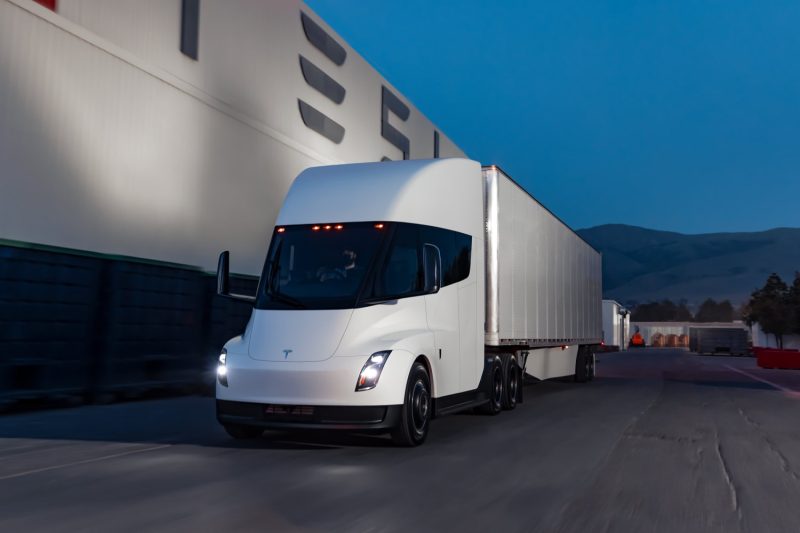In the early hours of February 24, 2022, a Tesla Semi prototype experienced an incendiary event in California. The fire erupted within the electric long-hauler at Tesla’s facility in Livermore, demanding a colossal effort from the local fire department and raising questions about the safety of electric vehicles. The blaze was so intense and stubborn, that it took 50,000 gallons of water to squelch the flames.
This event marks as the first case of a major fire involving the Tesla Semi, the much-anticipated electric freight truck conceptualized by the world-renowned clean energy company. The vehicle was undergoing testing procedures at the time of the incident, with Tesla’s early analyses indicating an experimental high-voltage battery as the fire’s epicenter.
Astonishingly, the particular characteristic of an electric vehicle fire requires an immense amount of water to extinguish, and this event was no different. The Alameda County Fire Department reported that an astounding 50,000 gallons of water were expended during the course of the fire-fighting operation. To put this figure into perspective, a conventional car fire would typically require around 300 to 500 gallons of water to extinguish.
The fire had a considerable duration, burning for several hours. The extreme energy density of the Tesla Semi’s electrical system, combined with the inherent resilience of a lithium-ion battery fire, creates a long-lasting and robust blaze. Once ignited, lithium-ion cells endure a process of thermal runaway, where the heat produced ignites nearby cells, subsequently creating a chain reaction that is difficult to suppress.
The efforts of the firefighters were compounded by the difficulty of accessing the high-density battery pack that powers the Tesla Semi. Not only was the pack itself a focal point of the intense heat, but its strategic integration within the vehicle’s structure created additional challenges. Fire crews needed to employ specialized techniques, usually reserved for electric vehicle (EV) fires, to tackle the blaze effectively.
However, this event should not cast a general shadow on the safety of electric vehicles. Contrarily, according to the National Highway Traffic Safety Administration (NHTSA), electric vehicles, are less likely to experience a fire than their gasoline-powered counterparts. As per the NHTSA’s analysis, the propensity of an EV catching fire is approximately one-tenth of that for a conventional vehicle.
Tesla itself is no stranger to similar scrutiny. Despite the occasional headline-grabbing incident, Tesla’s internal data indicates their EVs achieve a






























